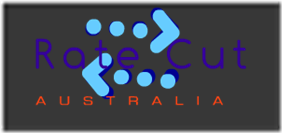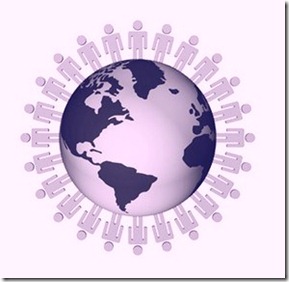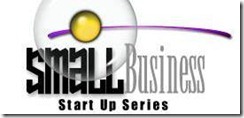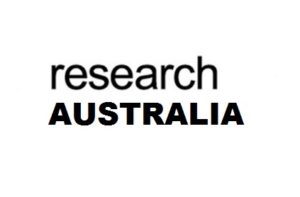Freedom from debt becomes an overriding concern for someone who is struggling to pay bills and loans of various kinds every month. When the income streams remain fixed but expenses mount forever the looming mountain of debt becomes even more insurmountable at times.
How to get Debt Relief
There are several methods by which this debt can be managed. Debt relief programs can come in many shapes and forms and depending on personal capacity and comfort levels, one can choose the right kind of method that will best suit the financial status and repayment capability of an individual. With personal judgment and recommendations and advice from trusted friends and experts, one can choose the right method or type of debt relief program.
Some people choose the right method simply by doing a bit of simple mathematical calculations. Others may weigh the risks and pros and cons of each method and then take the decision about which one they should adopt. Yet another method of choosing the right kind of debt relief would be to do intensive research on the same – using the internet, expert advice and perhaps even legal advice – and then deciding. All methods of debt relief start with making a thorough and complete assessment of one’s financial status. All income streams and all expenses need to be listed out.
Debt consolidation as a Relief
Debt consolidation is one method of debt relief which relies on the use of one single loan to repay all other debt. This consolidation loan can give the benefit of a lower interest rate to the borrower and also entail the repayment to one single source rather than paying and juggling the payments to many different sources. In turn, this method or type of debt relief can work with credit card balance transfers, secured and unsecured loans and home equity loans. Bankruptcy may sound like a drastic step but this too is a type of debt relief program.
With bankruptcy, one can file for either Chapter 13 or Chapter 7 bankruptcy and become debt free and make it legally binding on creditors to accept the court’s ruling as well. Out of the two options, Chapter 7 has the lowest costs. However, this method is really the last recourse to debt relief management. Debt roll up is another type of debt relief program. This works best for people who have a steady and unthreatened source of income. If there is a good job that pays well and you are in no danger of losing the same then this type of debt relief can work the best.
Such a debt roll up also needs a great deal of personal discipline, for you will need to create and commit to a very organized method of repayment every month. Then there is credit counselling. With this method of debt relief, one can opt for a debt management program. The start point to this method of debt relief is to draw up a monthly budget. You can then repay a fixed percentage of credit card balances every month and do so regularly too. There are plenty of non- profit credit counselling companies that can help in this regard.
This article has been supplied by paul for www.debtreliefnetwork.com


![Los del Rio - Macarena (Original Video) [HD] Los del Rio - Macarena (Original Video) [HD]](http://www.australianbusinesstimes.com/wp-content/uploads/2012/10/Los-del-Rio-Macarena-Original-Video-HD_thumb.jpg)






 benefit. Franchisees are able to build a successful business while doing something they are passionate about and earn a great income. Franchising with Aussie Pooch sees you working for yourself but not by yourself.
benefit. Franchisees are able to build a successful business while doing something they are passionate about and earn a great income. Franchising with Aussie Pooch sees you working for yourself but not by yourself.





